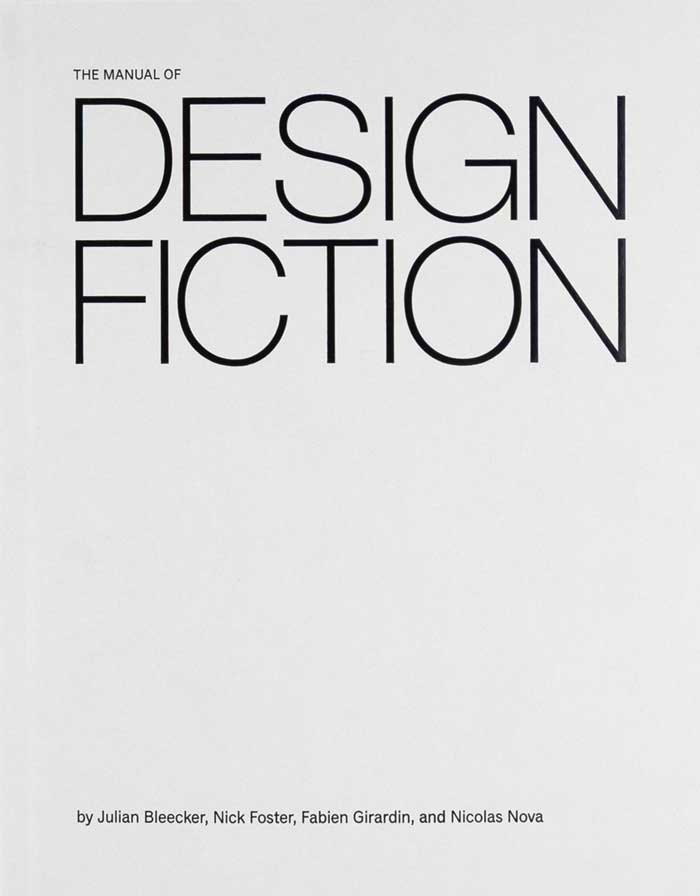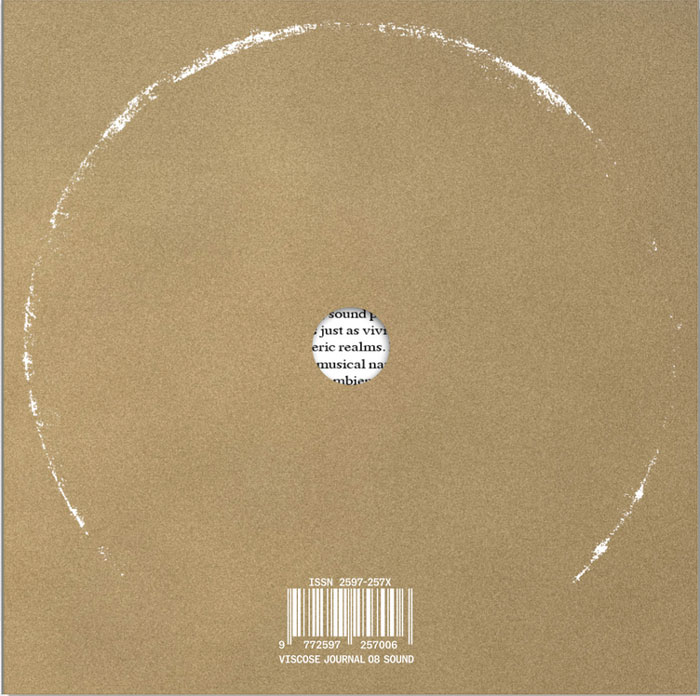
Design Against Design
Design Against Design argues for the urgent necessity of critical engagement and political resistance through graphic practice. It draws on insights from the practice of LOKI, a small graphic design studio committed to working with social movements towards radical political change. With conversational interviews, personal and critical essays, and a wide-ranging selection of graphic works, this book unravels the real-world relationships, motivations and contradictions involved in a socially engaged design practice.
Both a passionate indictment of the discipline of graphic design, and a utopian love letter to its radical potential, Kevin Yuen Kit Lo’s collection of almost confessional, candid essays challenge the status quo of design writing. Design Against Design demands that we think more intimately about the politics of visual culture under contemporary capitalism and, importantly, how we can act against it.
Design Against Design is organized around four key themes: Critique presents a political-economic analysis of graphic design in relationship to capitalism and considers practical ways to resist it. Practice looks critically at how designers work towards (and sometimes against) social change within both a professional studio context and alongside social movements. Materiality focuses on the craft of graphic design; on language and typography, legibility, and illegibility, on the acts of speaking and making. Autonomy considers the emotional and relational aspects of graphic design, understanding that interdependence is intricately bound to any possibility for self-determination within and beyond design.
Featuring interviews with Philippe and Nancy Vermes, Sandy Kaltenborn, Kaie Kellough, Chadi Marouf and Sabine Friesinger, Sarah Auches, and Jenn Clamen.






